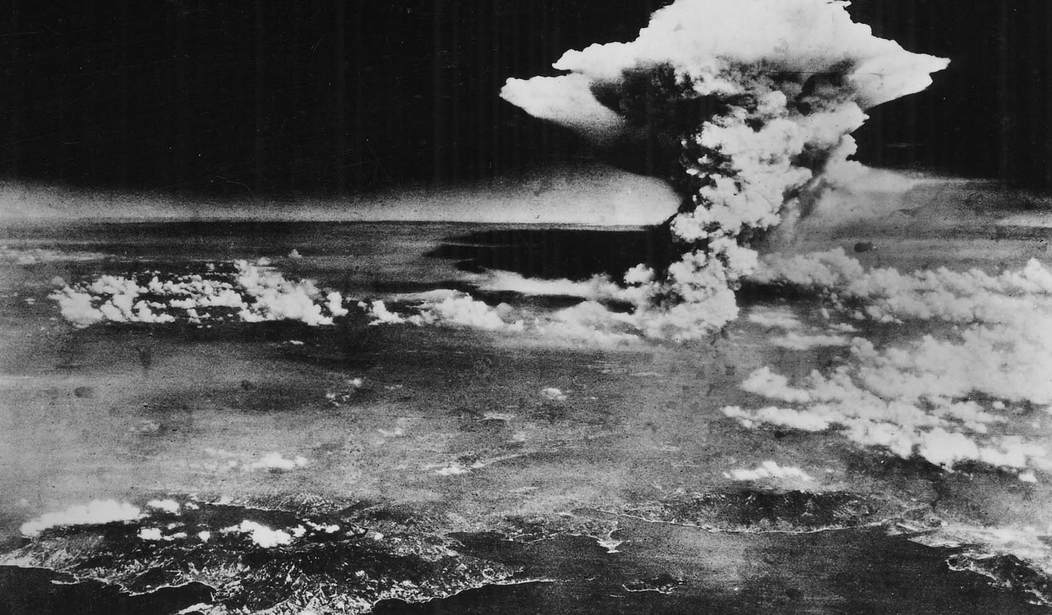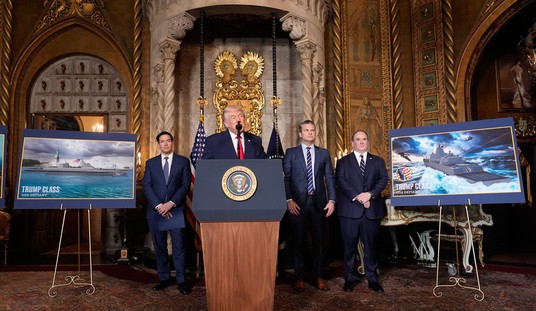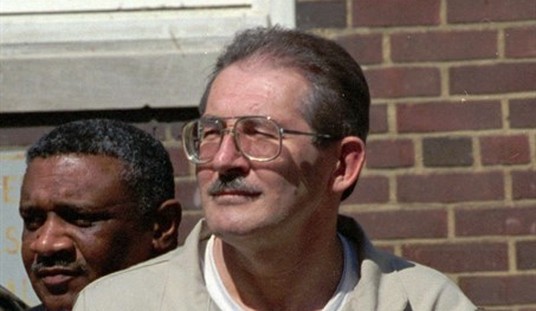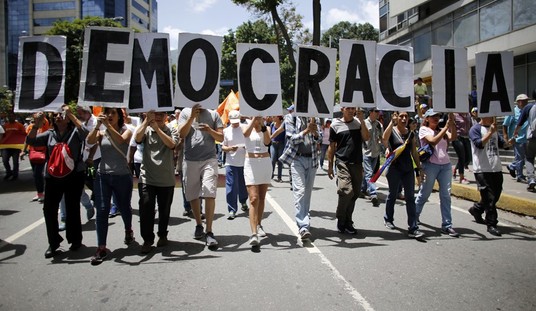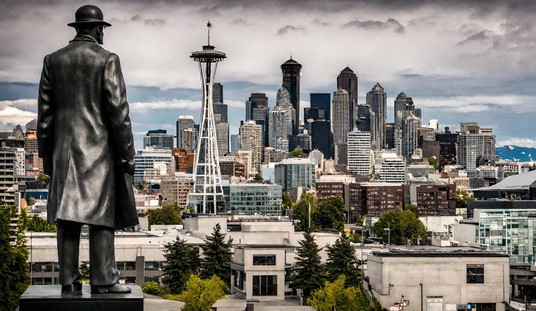On the 80th anniversary of America dropping the atom bomb on Hiroshima, it seems a good time to ask: Did you know that Purple Heart awards made in anticipation of the land invasion of Japan are still in use today? That’s because we were able to prevent all of those casualties by dropping the atomic bombs.
The reality that many modern people do not want to face is that the atom bombs absolutely saved lives, not only hundreds of thousands of American lives but up to millions of Japanese lives. By ending the war, we prevented unimaginable slaughter. And as we prepare for Purple Heart Day tomorrow, August 7, which celebrates all those who have received the military honor created by George Washington, take the time to appreciate what a military miracle the atom bomb was.
A million or more Americans were projected to die in the land invasion of Japan. On every island the Americans had managed to take after bloody fighting, the Japanese had illustrated their fanatical dedication to fighting to the last man, woman, and child. Mothers would even throw their children off cliffs rather than be captured by Americans. The Japanese war council considered surrender an unthinkable option. The whole worldview of Japanese culture, indeed, was opposed to surrender. The question was how to avoid the massacre that an invasion would trigger? We aimed for unconditional surrender, and we knew we needed it. As Daniel O’Connell, the great Irish statesman born on this day, purportedly said, “No man was ever a good soldier but the man who goes into the battle determined to conquer.”
Related: Resurrect the ‘Unconditional Surrender’ Spirit of World War II
From History News Network five years ago:
75 Years Later, Purple Hearts Made for an Invasion of Japan are Still Being Awarded… In all, approximately 1,531,000 Purple Hearts were produced for the war effort, with production reaching its peak as the Armed Services geared up for the invasion of Japan. Despite wastage, pilfering, and items that were simply lost, the reserve of decorations was approximately 495,000 after the war.
While some new Purple Hearts have been manufactured since then, the reserve from World War II was so great that some of those awards made ahead of the invasion that never happened are still in use up to our present day.
It is important here to emphasize again that imperial Japan had so thoroughly propagandized its people that the overwhelming majority even of civilians thoroughly believed that suicide was better than surrender and war crimes were justifiable. The imperial Japanese killed more people than the Nazis did during World War II, thousands of Japanese committed mass suicide, and many Japanese military leaders did not want to surrender, even after the atom bombs had been deployed. The emperor had to intervene to ensure a surrender. A similar modern equivalent ideologically would be Gaza — that is, a group of people so imbued with a false standard of morality that they will not surrender even when it's their only option. My colleague Rick Moran looks at this issue in more detail in this piece.
John Henry Barrow II saw Japanese propaganda in action. “Being that close to shore we could see those Japanese civilian ladies throw their children off the nearby cliffs and then jump themselves,” he remembered. “The Japanese Army told these women if the American Marines caught them they would eat their children. It was pretty horrible watching them jump through binoculars.”
There were many Americans who earned Purple Hearts fighting the Japanese. Marine Corp. James Day earned six Purple Hearts during his military career, which included four “hellish” nights exposed on Sugar Loaf Hill on Okinawa, defending against the Japanese. His service there left a profound impression on him. “You ask a corporal what he most wants to see, and he’ll say ‘Tomorrow,’” Day remarked grimly.
Marine John Basilone, who was awarded the Medal of Honor and Purple Heart, was crucial in ensuring the success of the defense at the Tenaru River in Guadalcanal against the Japanese. “Part of the time I confess I didn’t know what the score was. I thought maybe the Japs had taken the field. They were all around us,” Basilone remembered. After receiving the Medal of Honor, he said, “Only part of this medal belongs to me. Pieces of it belong to the boys who are still on Guadalcanal.” He received the Purple Heart posthumously for his heroism at Iwo Jima, where he died.
So 80 years after the atom bomb shocked the world and set the stage for Japan’s “unconditional surrender,” focus on the Purple Heart heroes of WWII and on the many Americans who survived to have families and rebuild our nation because they did not have to invade Japan.
Note: James Day’s story comes from the National Museum of the Marine Corps.



